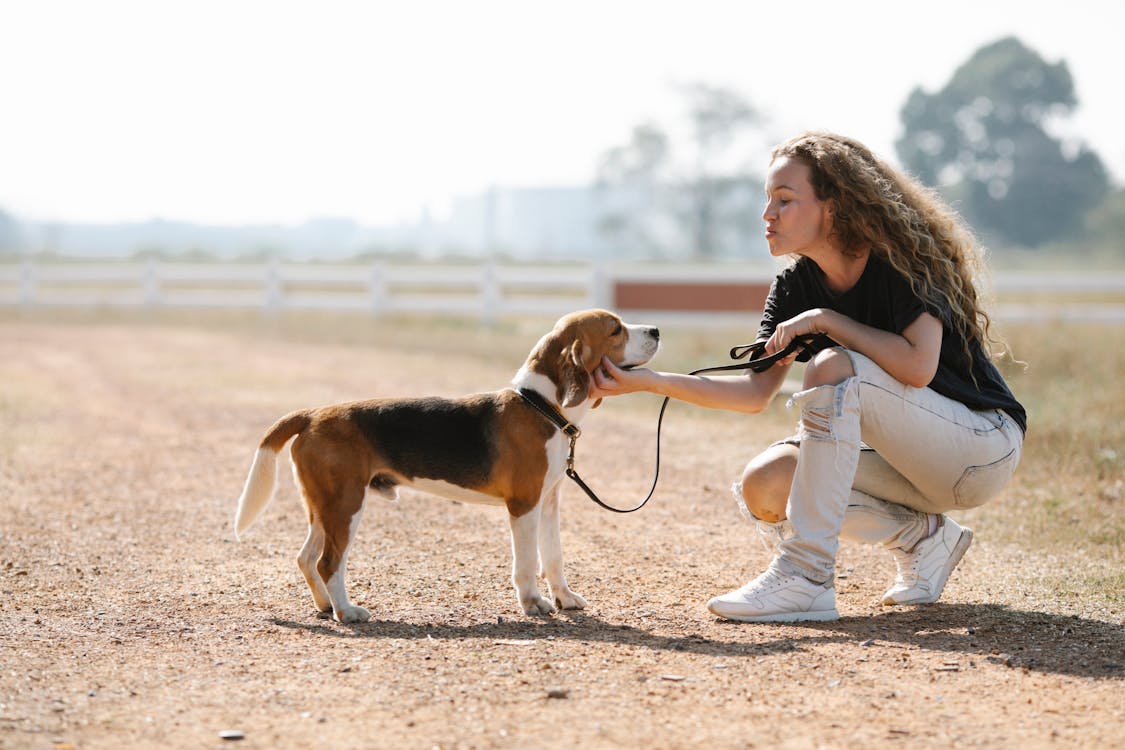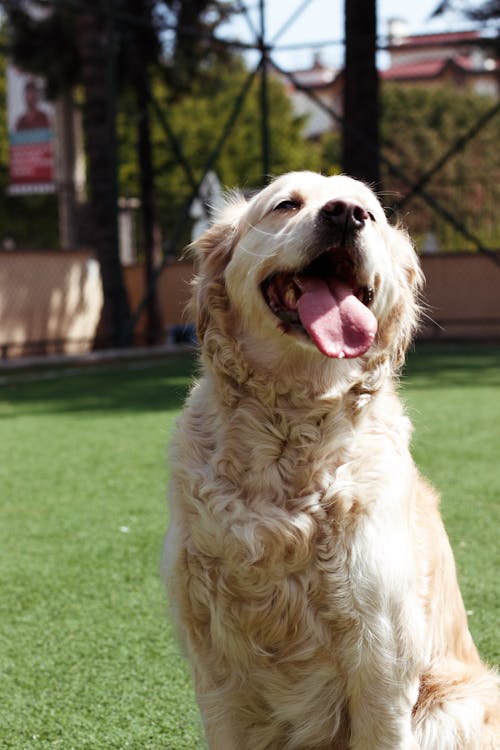As a responsible dog owner, you’ve likely got some concerns about letting your dog go off-leash. What if he takes off? What if he gets hurt?
And, you’re right to be concerned. There are lots of valid reasons to keep your dog on a leash, from cars and other dogs to people, wildlife, and other hazards.
So, is there any benefit to training your dog to go off-leash? Absolutely! Most importantly, what if your dog slips out the door, slips his collar, or escapes through a gate or fence? A dog who’s been taught good recall skills is much safer because he knows to come when called.
And, as long as the area is safe, going off-leash allows your pooch to explore and play in ways he can’t when he’s attached to his leash, such as playing fetch, going for a swim, or participating in agility training and other doggie sports. It also allows him more freedom to burn off all that excess energy.
So, how can you train your dog to go off-leash and still be as safe as possible? Here’s what you need to know!
Start at the Beginning
You can’t train your dog to be safe off-leash until he knows how to walk on a leash. He should walk properly on a six-foot leash without pulling and stay close to your side. Practice on the leash until he understands basic obedience commands and responds to them readily.
Be sure to stash some high-value treats in your pocket during each step of this process. Offer rewards and positive reinforcement every time your pup follows a command.
Graduate to a Longer Leash
Once you are confident your dog will respond to basic obedience commands and walk on a regular leash, start working with him on a 15 to 30-foot training leash. Hook the leash to a chew proof dog harness to ensure that he can’t escape while you’re practicing over greater distances.

Start in the backyard or another outdoor space where there won’t be too many distractions. Practice walking, basic commands, and most importantly, “come” while he’s on the longer leash. Allow more and more slack as he learns to follow directions from further away. Eventually, follow the same steps in a place that has more distractions.
Once your pup consistently follows commands on the longer leash, practice the same commands, but drop the leash on the ground. Your goal is to get him to come to your side immediately when you call him. Don’t forget to give him a treat every time he follows directions!
Now You’re Ready to Practice Off-Leash
Before you head outdoors, spend some time practicing “come” indoors without a leash. Let your dog explore and do his usual thing, then call him once. When he follows the command, give him a treat and lots of praise.

When you’re ready to give it a try outside, find a safe place to practice, like a fenced-in yard. Walk to the area with your dog on his leash, and then unclip it without a lot of fanfare. Let him explore the area at his leisure.
Once he’s fairly calm, call him to you. If he comes to your side, give him a treat and praise, and then let him go explore some more. Keep practicing for 10 or 15 minutes, and then put his leash back on.
If he ignores your call, remain calm. Once you’ve rounded him up, you’ll want to go back to practicing on the long leash for a while until he’s got it down pat.
Wrapping Things Up
Even after you’re confident in your dog’s off-leash skills, you’ll want to keep some basic safety guidelines in mind before letting him explore. Keeping his vaccinations up to date is vital because you could encounter another dog or wildlife unexpectedly.
Most importantly, use common sense. Never let your dog off-leash in an area where there is a lot of traffic, people, or other animals around. No matter how well your dog is trained, you can’t control everything. It’s better not to take any chances.


Share:
No Ordinary Day at the Beach
How To Train Your Puppy With the Bullet Journal